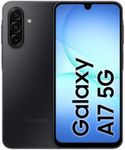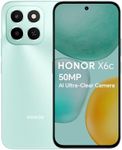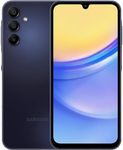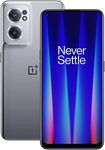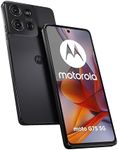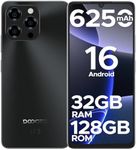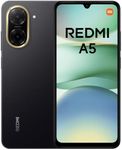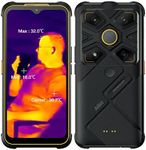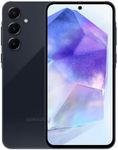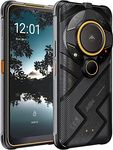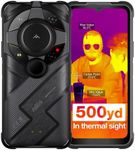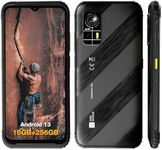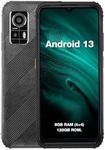Buying Guide for the Best Budget Smartphones
Choosing the right budget smartphone can be a daunting task, but with the right approach, you can find a device that meets your needs without breaking the bank. Start by identifying what you value most in a smartphone, whether it's camera quality, battery life, performance, or storage. Once you know your priorities, you can focus on the key specifications that matter most to you. Here are some important specs to consider when shopping for a budget smartphone and how to navigate them.Processor (CPU)The processor is the brain of the smartphone, determining how fast and efficiently it can run apps and perform tasks. In budget smartphones, you'll typically find entry-level to mid-range processors. Entry-level processors are suitable for basic tasks like browsing the web and using social media, while mid-range processors offer better performance for gaming and multitasking. If you plan to use your phone for more demanding applications, opt for a device with a mid-range processor.
RAMRAM (Random Access Memory) affects how well your smartphone can handle multitasking and run multiple apps simultaneously. Budget smartphones usually come with 2GB to 4GB of RAM. For light users who primarily use their phones for calls, texts, and occasional app usage, 2GB of RAM may suffice. However, if you plan to use your phone for more intensive tasks like gaming or running multiple apps at once, look for a device with at least 3GB to 4GB of RAM.
StorageStorage determines how much space you have for apps, photos, videos, and other files. Budget smartphones typically offer 16GB to 64GB of internal storage. If you store a lot of media or download many apps, consider a phone with at least 32GB of storage. Additionally, check if the phone has a microSD card slot, which allows you to expand storage if needed.
Battery LifeBattery life is crucial, especially if you're frequently on the go. Battery capacity is measured in milliampere-hours (mAh), with higher numbers indicating longer battery life. Budget smartphones usually have batteries ranging from 3000mAh to 5000mAh. For light to moderate users, a 3000mAh battery may be sufficient, but if you use your phone heavily throughout the day, look for a device with at least 4000mAh.
Camera QualityCamera quality is important for capturing photos and videos. Budget smartphones often have cameras ranging from 8MP to 16MP. While megapixels (MP) are a factor, other aspects like aperture size and software optimization also affect photo quality. If you enjoy photography, look for a phone with a higher MP count and additional features like multiple lenses or AI enhancements. For casual users, an 8MP to 12MP camera should be adequate.
DisplayThe display affects your viewing experience. Budget smartphones typically have HD (720p) or Full HD (1080p) screens. HD displays are sufficient for basic tasks and casual media consumption, while Full HD screens offer sharper and more vibrant visuals, which are better for watching videos and gaming. Consider the screen size as well, with larger screens being better for media consumption and smaller screens being more portable.
Build QualityBuild quality determines how durable and premium the phone feels. Budget smartphones often use plastic or polycarbonate materials, which can be lightweight and durable. Some may have metal or glass elements for a more premium feel. If durability is a priority, look for phones with reinforced frames or additional protection like Gorilla Glass.
Software and UpdatesThe software experience and update frequency can impact your phone's performance and security. Budget smartphones may not always receive the latest updates promptly. Look for brands known for providing regular software updates and a clean, user-friendly interface. If you prefer a bloatware-free experience, consider phones with stock Android or minimal customizations.
